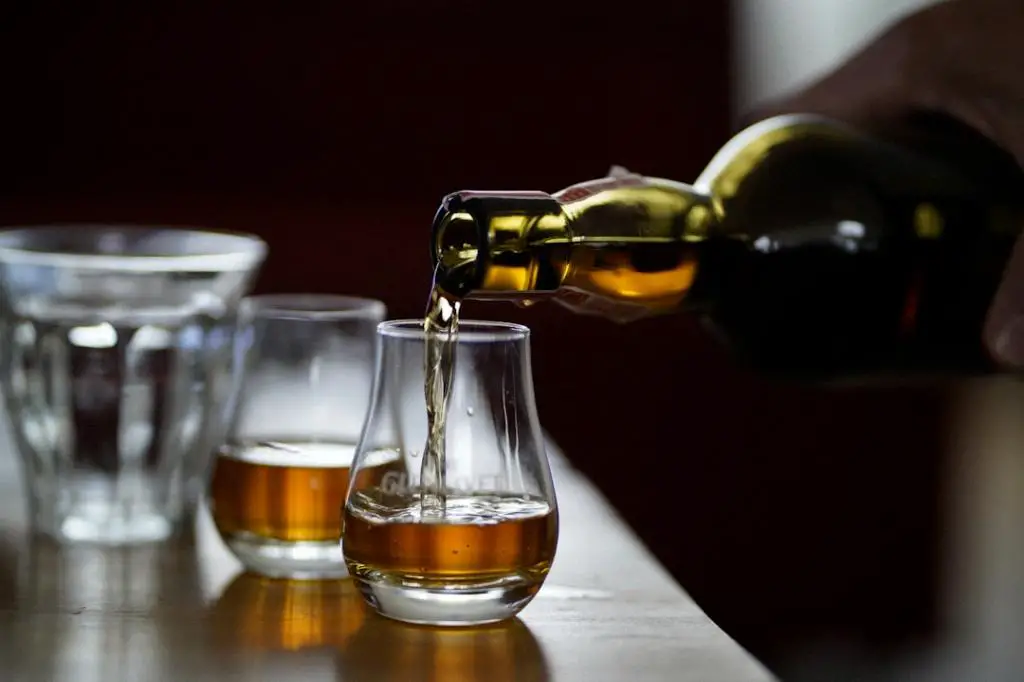When it comes to the infamous whiskey fungus, also known as Baudoinia, the question of how far it can travel is a topic of great curiosity. Distilleries, with their vast quantities of aging whiskey barrels, often find themselves dealing with the black fungus that coats nearby surfaces.
According to Scott, an expert in the field, the distance Baudoinia can travel largely depends on the size of the distillery. Small-scale operations housing around 5,000 to 10,000 barrels generally do not pose any significant problems. However, for larger distilleries with 20,000 to 30,000 barrels in storage, Baudoinia can be found up to 100 or 200 yards away. The sheer volume of barrels seems to attract the fungus and create the ideal conditions for its growth.
Interestingly, for sites with over 1 million barrels, the radius of whiskey fungus can extend even further. In such cases, it is not uncommon for Baudoinia to be observed up to 2 or 3 miles away from the distillery. This remarkable distance highlights the extensive reach of the airborne spores released during the aging process of whiskey.
What makes the presence of whiskey fungus particularly noteworthy is its ability to thrive in the vicinity of distilleries, taking advantage of the ethanol vapors emitted during the aging and maturation process. These vapors provide the necessary nutrients for the fungus to grow and form the distinctive black coating on surfaces.
It is important to note that the impact of whiskey fungus on the surrounding areas varies. While some may view the blackening of surfaces as an aesthetic concern, others perceive it as a potential health risk. However, according to experts, there is currently no scientific evidence to suggest that whiskey fungus is harmful to human health.
Although the appearance of whiskey fungus can be unsightly, it is worth mentioning that it is mostly harmless to structures. The black stains left behind can typically be cleaned without causing any significant damage.
Understanding the factors that contribute to the spread of Baudoinia can help distilleries take preventive measures. Implementing proper ventilation systems, for instance, can minimize the release of airborne spores and reduce the potential reach of the fungus. Additionally, locating distilleries in areas with ample space between neighboring properties can help mitigate the impact on nearby structures.
Distilleries in urban environments often face greater challenges when it comes to controlling the spread of whiskey fungus. The close proximity of buildings and the limited space available make it difficult to prevent the fungus from reaching neighboring structures.
In conclusion, the distance whiskey fungus can travel is influenced by various factors such as the size of the distillery, the number of barrels in storage, and the prevailing environmental conditions. Small-scale operations generally have a minimal impact, while larger distilleries can see the fungus spreading up to hundreds of yards away. In extreme cases, distilleries with over 1 million barrels may witness the fungus traveling several miles from the source. While whiskey fungus may raise concerns, it is primarily a cosmetic issue, and there is no evidence indicating harm to human health. Distilleries can adopt preventive measures to minimize the spread of Baudoinia and address any potential aesthetic or structural concerns.

